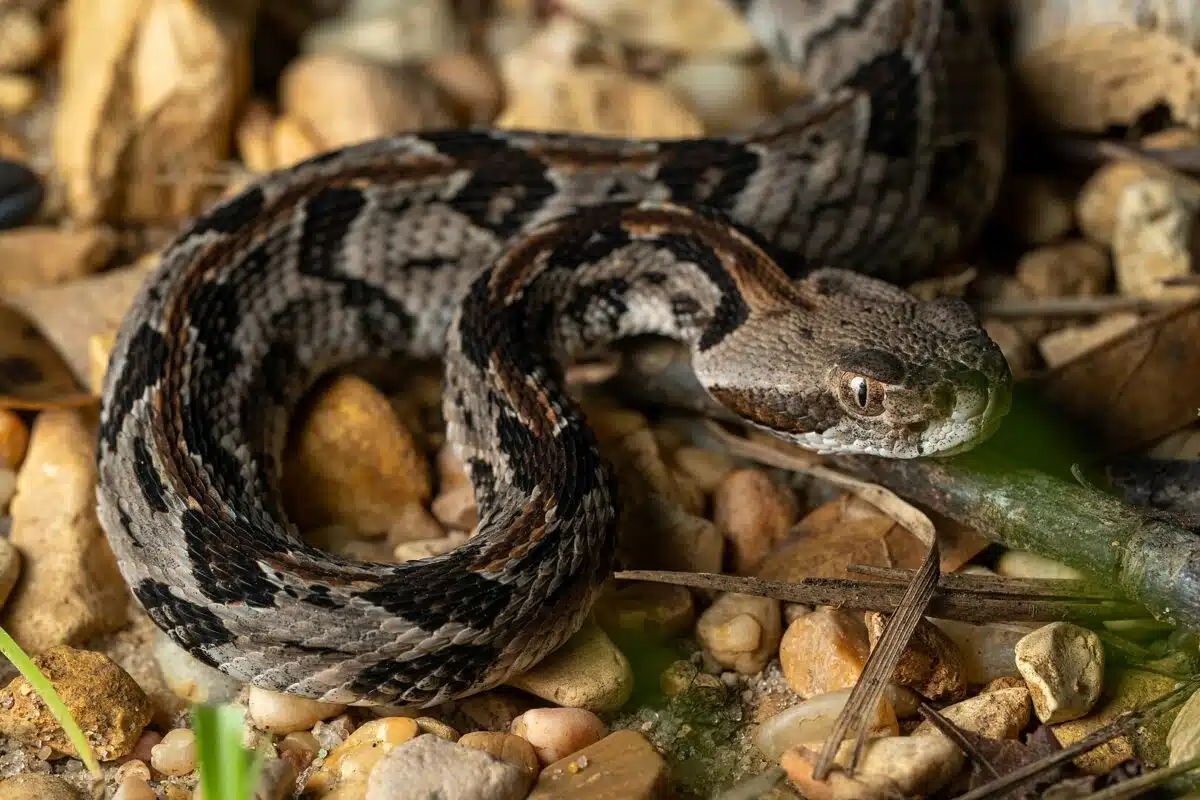Rattlesnakes are one of the most iconic snakes in the world, often depicted in movies and folklore as fearsome predators. Found primarily in the Americas, these fascinating reptiles are a subject of both fear and admiration. Besides their notorious rattle, there’s much more to these creatures than meets the eye. Here are 19 jaw-dropping facts about rattlesnakes that will make your spine tingle.
The Unique Rattle
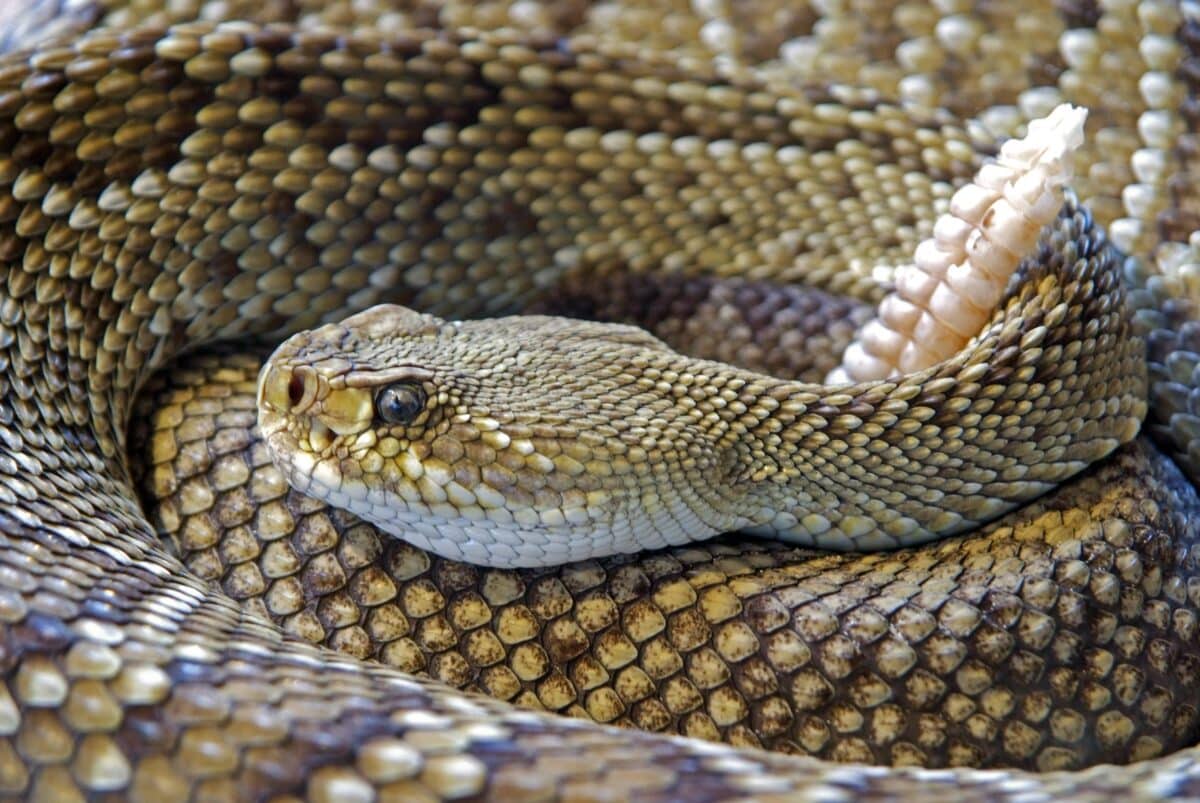
The rattle of a rattlesnake is a highly specialized structure made from interlocking keratin segments at the tip of their tails. Each time a rattlesnake sheds its skin, a new segment is added to the rattle. Contrary to popular belief, the number of segments doesn’t necessarily indicate the snake’s age, as they can break over time.
A Deadly Venomous Bite

Rattlesnakes are part of the pit viper family, known for their potent venom. Their venom contains enzymes that can disrupt blood clotting, destroy tissue, and affect the nervous system of their prey. Despite their dangerous nature, rattlesnakes typically only use their venom for hunting and self-defense.
Cold-Blooded Predators

Rattlesnakes are ectothermic, meaning they rely on external sources to regulate their body temperature. This requirement influences their habitat preference, favoring warm environments where they can bask in the sun to maintain their metabolic activities.
Heat-Sensing Abilities
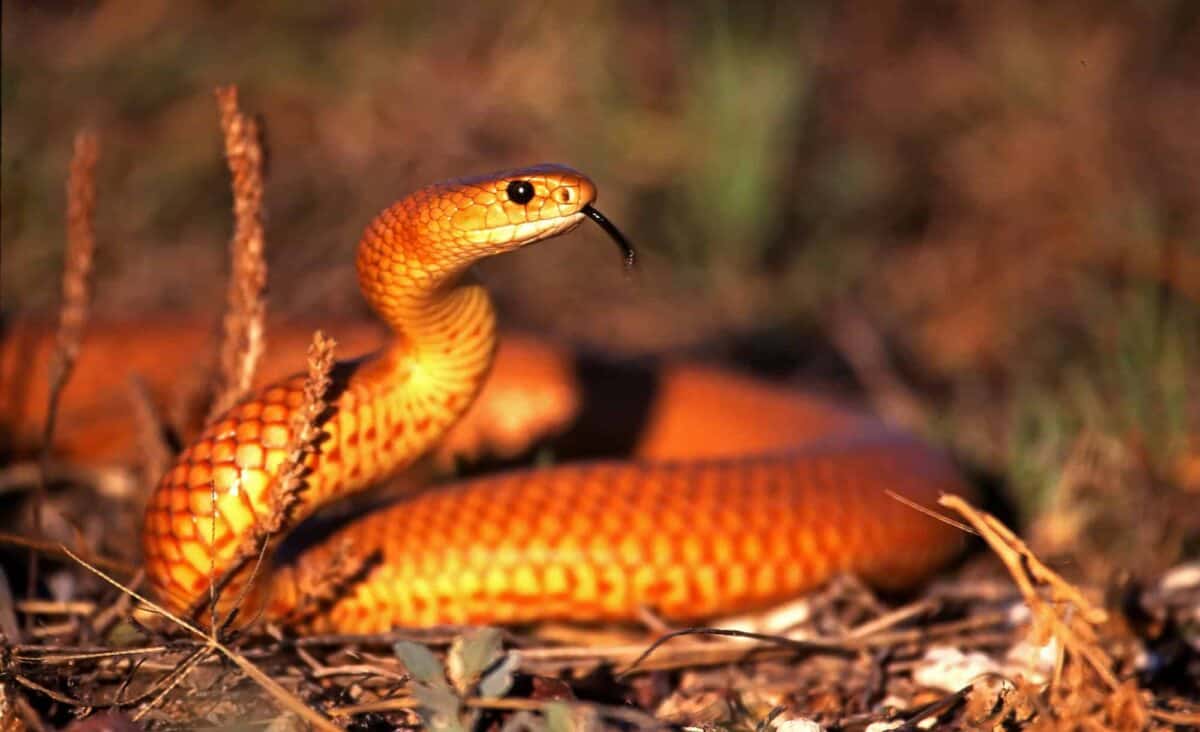
These snakes have specialized heat-sensing pits located between their eyes and nostrils, enabling them to detect infrared radiation (heat) from warm-blooded prey even in the dark. This adaptation makes them efficient nocturnal hunters.
Wide Habitat Range

Rattlesnakes are incredibly adaptable and can be found in a varied range of habitats, including deserts, grasslands, and forests. They are found throughout North and South America, adapting to diverse climates and environments, from the prairies of Canada to the arid deserts of Argentina.
The Evolution of Rattlesnakes

Around 25 million years ago, rattlesnakes began evolving their distinctive rattle as they branched off from other viper species. This evolutionary trait likely developed as an adaptation to avoid stepping or confrontation with large mammals.
Parental Care

Among reptiles, maternal care is quite rare. However, some rattlesnake species exhibit a remarkable level of maternal instinct, with females providing protection and warmth to their offspring until they are ready to fend for themselves.
Varied Diet
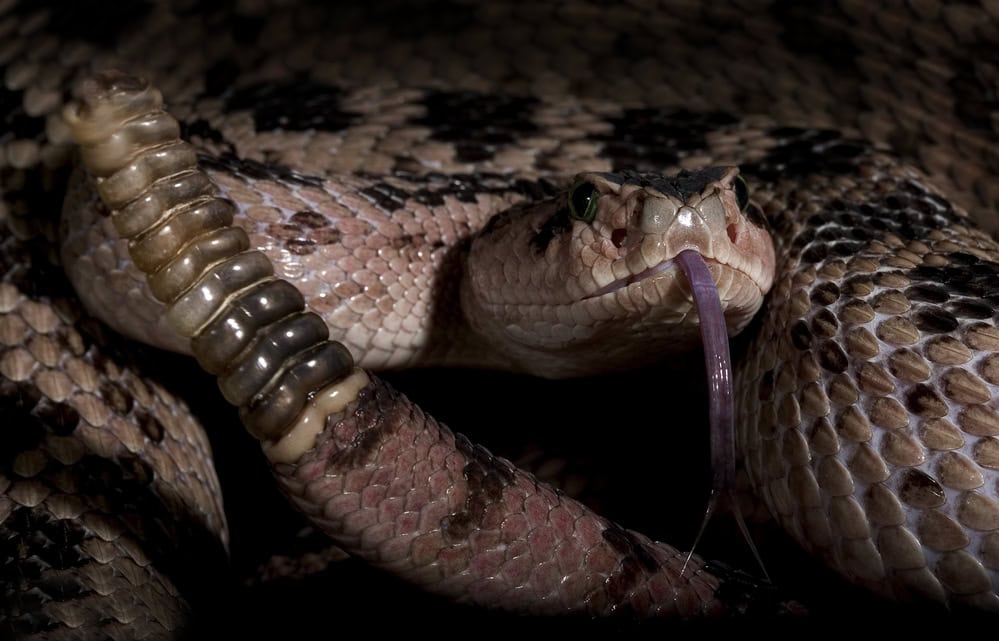
Rattlesnakes primarily feed on small mammals, but they will also eat birds, lizards, and other snakes if the opportunity arises. Their diet is influenced by their size, age, and availability of prey within their environment.
Hibernation in Groups

During colder months, rattlesnakes enter a state of brumation, a hibernation-like dormancy, often seeking shelter in communal dens. These dens can host hundreds of snakes, providing warmth and protection against the harsh winter conditions.
Population and Conservation Status
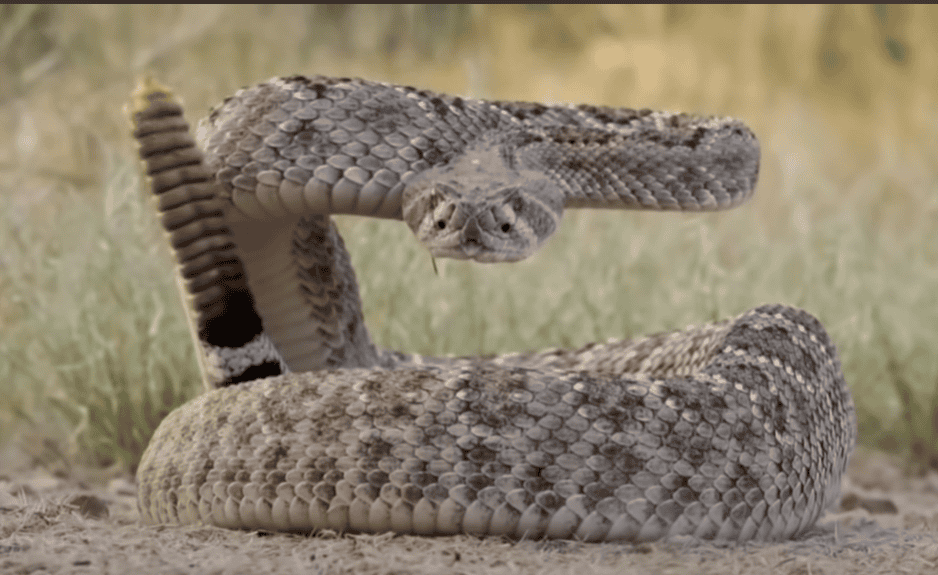
Different species of rattlesnakes present varied conservation statuses, with some being considered threatened or endangered due to habitat loss and human interference. Conservation efforts are ongoing to study their populations and protect their habitats.
Snakebites and Antivenom

Rattlesnake bites to humans are rare but can be serious if not treated promptly. Around 7,000 to 8,000 people in the United States are bitten by venomous snakes each year, but thanks to effective antivenom treatments, fatalities are extremely rare.
The Rattlesnake Feast
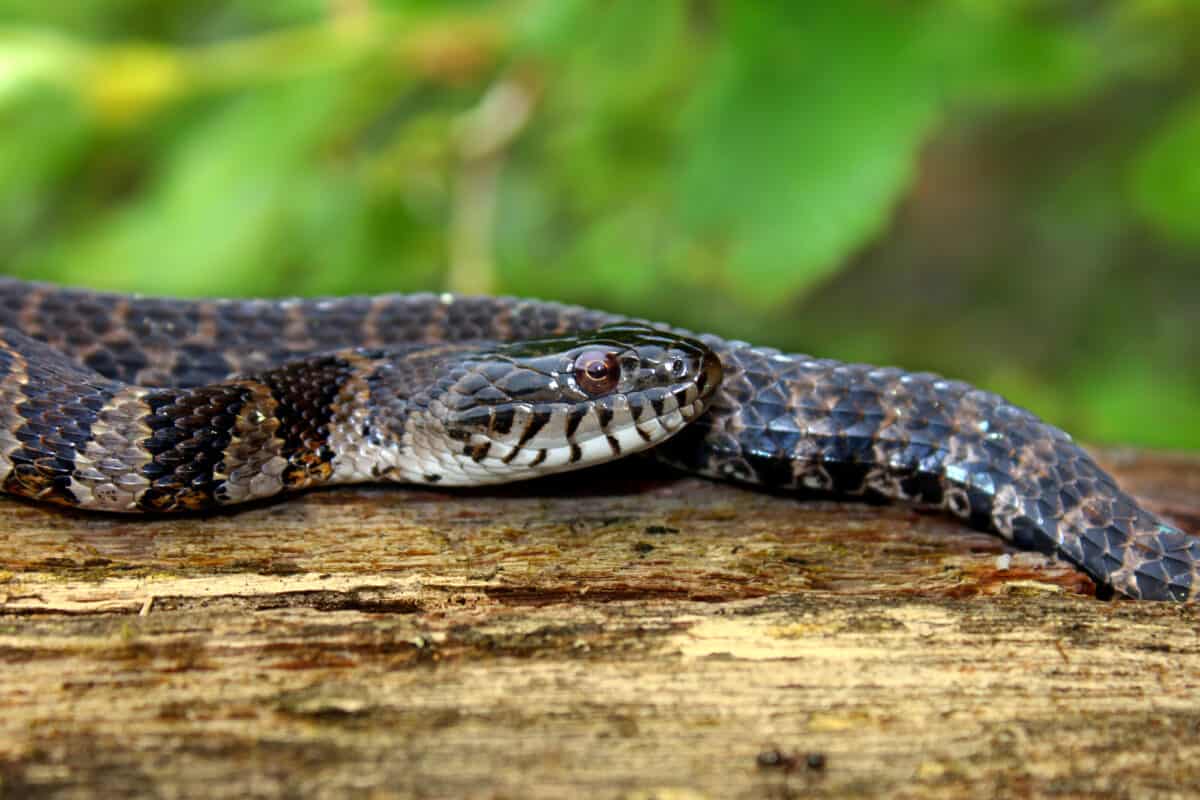
Some American cultures hold annual rattlesnake roundups where the snakes are captured, showcased, and sometimes consumed. These events, while popular, have raised environmental and ethical concerns regarding their impact on local rattlesnake populations.
Longevity and Lifespan

Rattlesnakes live surprisingly long lives for wild reptiles, with some species, like the Eastern Diamondback, living up to 20 years in the wild. Captivity can sometimes extend their lifespan due to the absence of predators and consistent food supplies.
Cannibalistic Tendencies
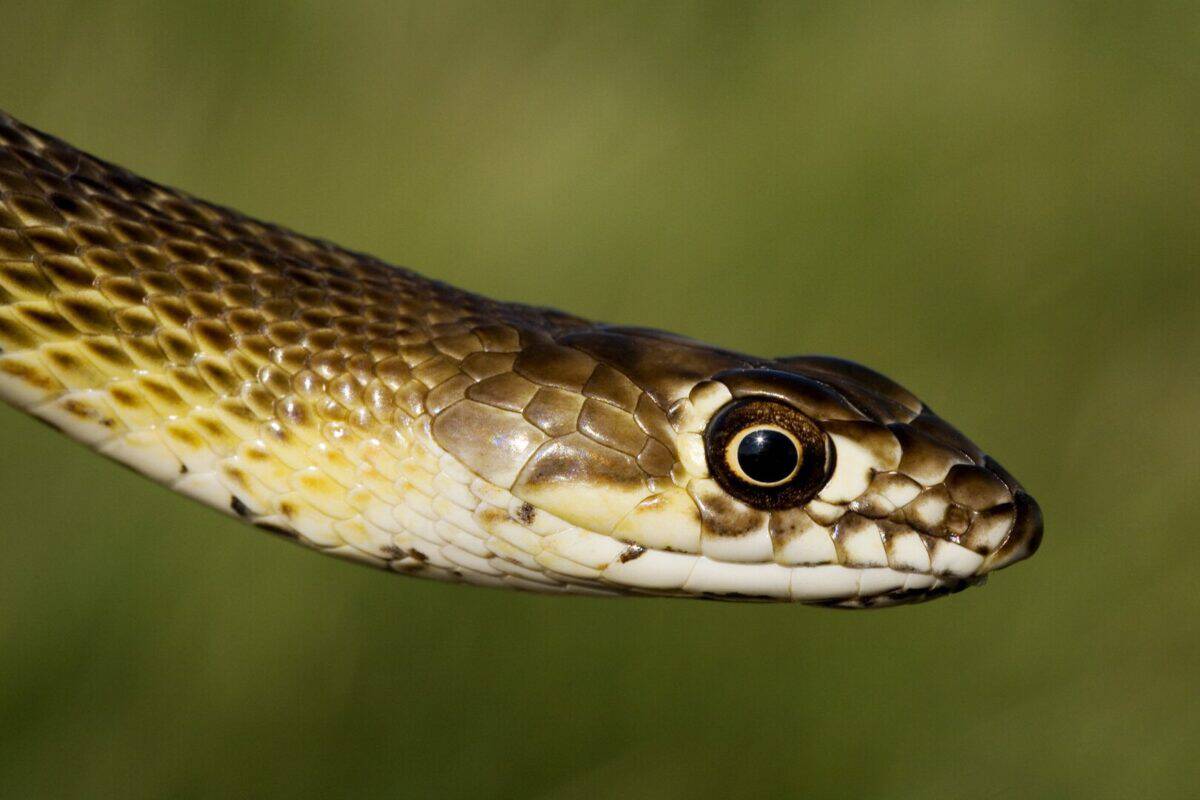
While not common, some rattlesnake species have exhibited cannibalistic behavior, particularly in environments with limited prey availability. This is a testament to their adaptability and survival instincts.
Slow and Steady Growth
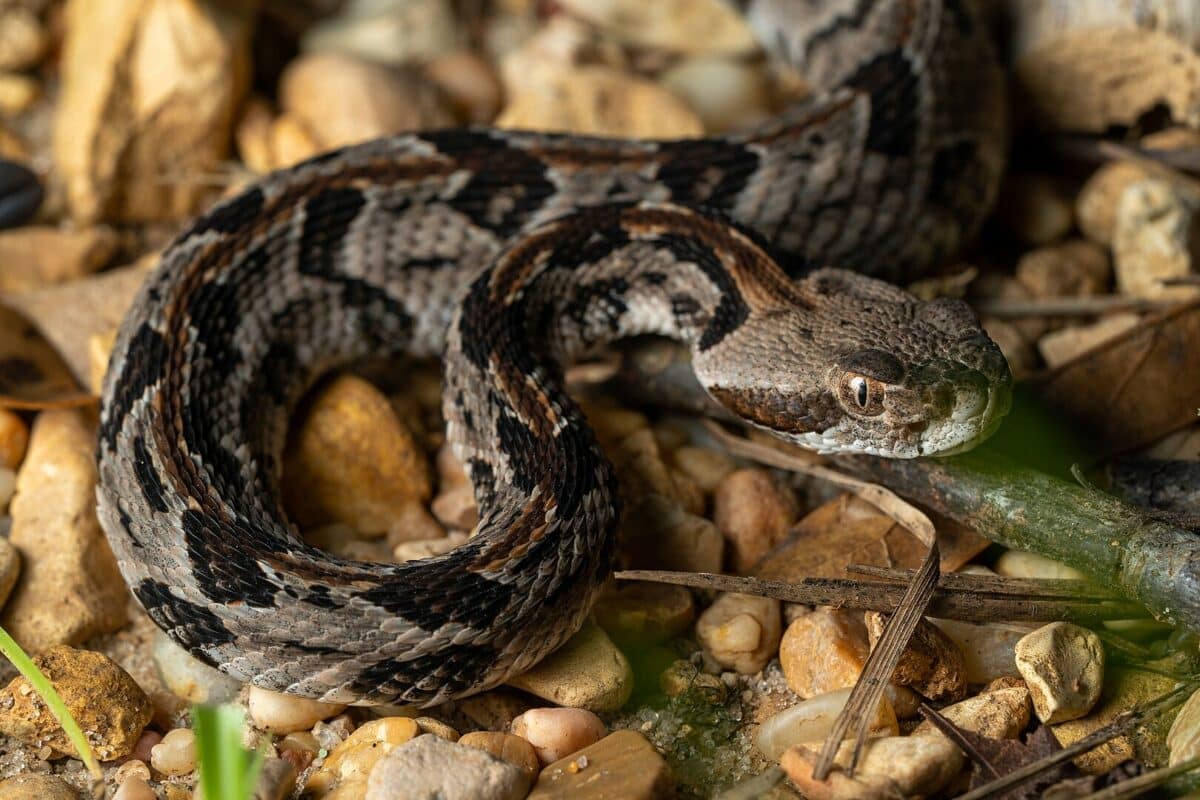
Rattlesnakes grow slowly over their lifetimes, largely due to their cold-blooded nature and reliance on external temperatures to regulate their metabolism. Growth spurts usually follow shedding cycles when they slough off their skin to allow for expansion.
Silent Predators

Despite their iconic rattle, rattlesnakes often rely on stealth and camouflage rather than sound to avoid detection by both prey and predators. They are ambush predators, waiting motionlessly for unsuspecting prey to wander within striking distance.
The Spectacular Shedding Process

The shedding process is an essential part of a rattlesnake’s life cycle. It not only allows growth but also helps rid the snake of parasites and renew its skin. Shedding can occur several times a year, influenced by factors such as diet and environmental conditions.
Role in the Ecosystem
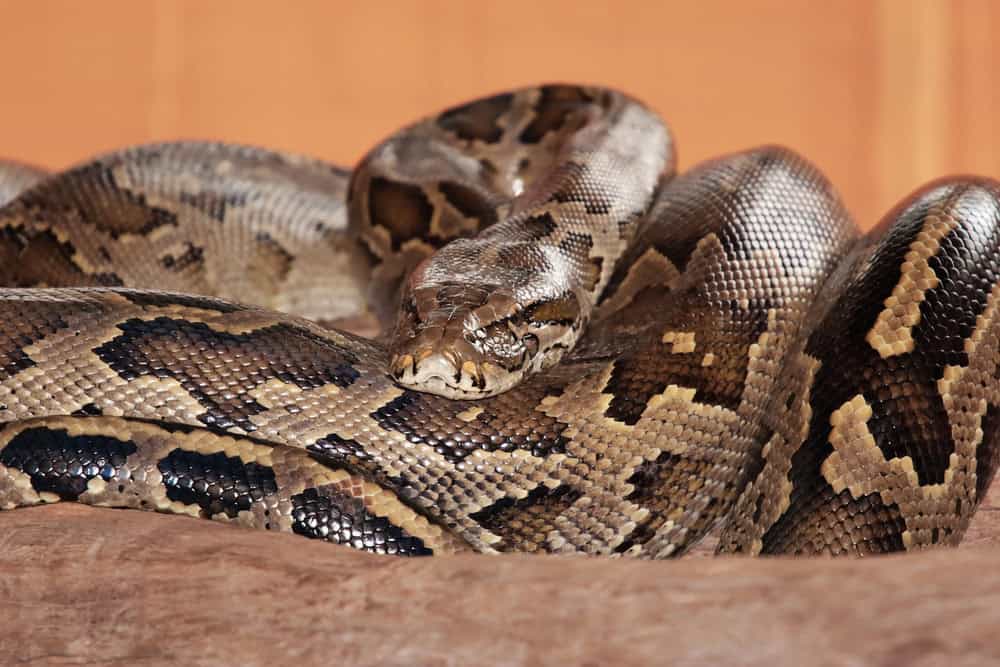
As both predator and prey, rattlesnakes play a vital role in maintaining ecological balance. They help control populations of small mammals and, in turn, provide food for larger predators. Their presence is a crucial component of healthy ecosystems.
Conclusion

Rattlesnakes are more than just a source of fear and fascination; they are remarkable creatures with unique adaptations that have allowed them to survive and thrive for millions of years. Understanding these fascinating aspects of their biology and ecology not only demystifies misconceptions but also highlights the importance of their conservation.
- 10 Animals That Can Survive Being Cut in Half - August 21, 2025
- 10 Animals That Can Outsmart Humans in Surprising Ways - August 21, 2025
- 8 Times Animals Helped Solve Crimes in the Most Unexpected Ways - August 20, 2025

